most salt resistant Zone 6 Conifers?
Johniferous (Zone 6B, Northern NJ)
9 years ago
Related Stories
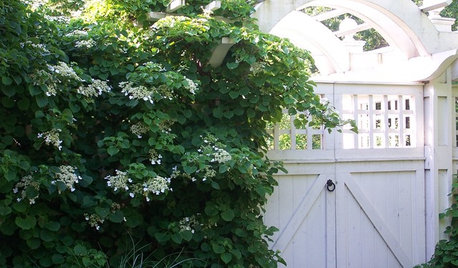
FALL GARDENING6 Deer-Resistant Flowering Vines to Plant This Fall
Have a major deer problem? Here are some of the only vines that have a chance of not being eaten
Full Story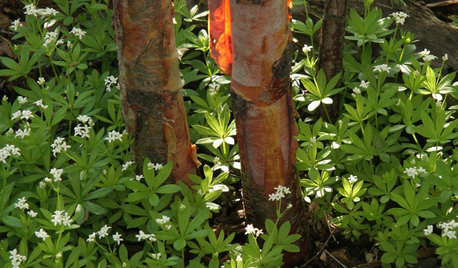
GARDENING GUIDES6 Deer-Resistant Ground Covers to Plant This Fall
Learn about some of the only low, spreading plants that are reliably deer-resistant
Full Story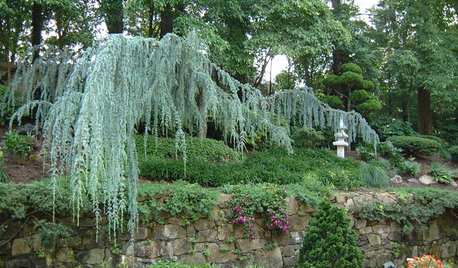
PLANTING IDEASDesigning With Conifers: Exploring Color
Colorful, structural and adaptable, conifers are waiting to transform your garden
Full Story
GARDENING GUIDESGreat Garden Combo: 3 Wonderful Plants for a Deer-Resistant Screen
Protect your privacy and keep deer at bay with a planting trio that turns a problem garden area into a highlight
Full Story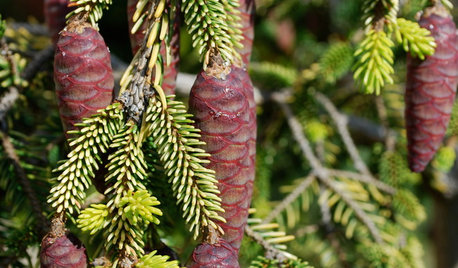
GARDENING GUIDESGreat Design Plant: Skylands Oriental Spruce, a Favorite Conifer
Brighten up a drab corner of your garden with Picea orientalis ‘Skylands’, a smaller spruce that a bird family might just call home
Full Story
PLANTING IDEASStretch the Budget, Seasons and Style: Add Conifers to Your Containers
Small, low-maintenance conifers are a boon for mixed containers — and you can transplant them to your garden when they’ve outgrown the pot
Full Story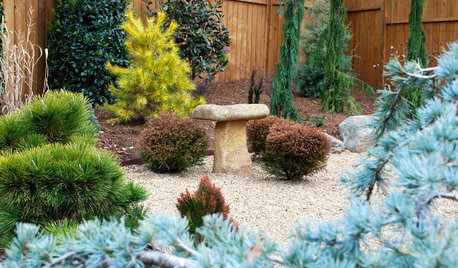
PLANTING IDEASDesigning With Conifers: Personality and Form in the Garden
Unique and full of interest, well-shaped conifers await a place your yard
Full Story
GARDENING GUIDESDesigning With Conifers: Find the Perfect Fit for Your Landscape
Conifers range from fairy-garden size to 70 feet tall. Here’s how to decifer the plant tag for the perfect long-term fit in your garden
Full Story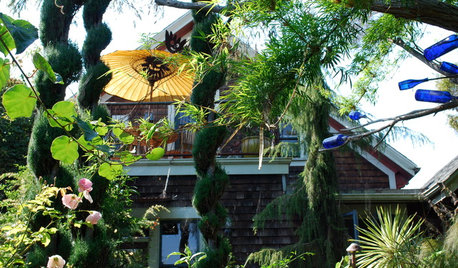
PLANTING IDEASDesigning With Conifers: How to Unite Your Landscape
Create a landscape full of intrigue and artistry with the right placement of conifers and their supporting players
Full Story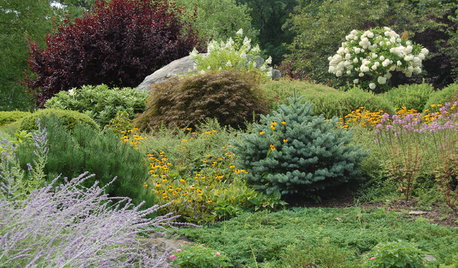
GARDENING GUIDESDesigning With Conifers: Finding the Right Garden Bedmates
In gardening, building on commonalities creates an enduring relationship
Full Story








ken_adrian Adrian MI cold Z5
pineresin
Related Professionals
Surprise Landscape Architects & Landscape Designers · Graham Landscape Architects & Landscape Designers · Walnut Landscape Architects & Landscape Designers · Jackson Landscape Contractors · Wilmington Landscape Contractors · Amesbury Landscape Contractors · Andover Landscape Contractors · Cerritos Landscape Contractors · Dudley Landscape Contractors · Euclid Landscape Contractors · Kaneohe Landscape Contractors · New Cassel Landscape Contractors · South Lake Tahoe Landscape Contractors · Kingsburg Landscape Contractors · Cheshire Gardeners & Lawn Careedlincoln
Johniferous (Zone 6B, Northern NJ)Original Author
edlincoln
Johniferous (Zone 6B, Northern NJ)Original Author
sam_md
edlincoln
Johniferous (Zone 6B, Northern NJ)Original Author
sam_md
edlincoln
Johniferous (Zone 6B, Northern NJ)Original Author
edlincoln
Johniferous (Zone 6B, Northern NJ)Original Author
jorginho